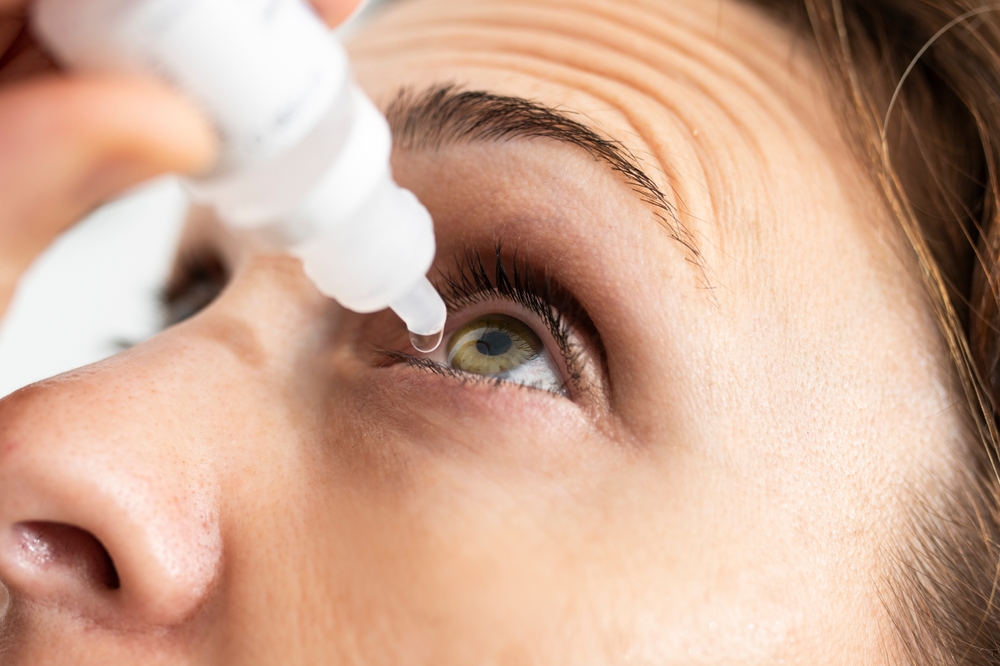
Your eyes might feel dry and itchy. By the afternoon, they could look red, and it might hurt to look at a screen. Dry eyes can be annoying and make it hard to do everyday things. If this sounds familiar, you are not alone.
Millions of people struggle with dry eye symptoms, often unsure whether to try a home remedy or seek professional advice. It would help to break down what works, what does not, and how to reclaim clear, comfortable vision.
What Causes Dry Eye?
Dry eye happens when your eyes do not have enough tears or when the tears dry up too fast. This can happen as you age, when you use screens a lot, or because of things like dry air.
You might feel itching, burning, or blurry vision in your eyes. Some people have these feelings sometimes, while others always have them and need help to feel better.
Preventive Self-Care
Many people start with easy home tricks to help with mild eye problems. It is best to keep doing them consistently.
Use a humidifier to make the air moist.
Take a break from screens every 20 minutes. Look at something far away for 20 seconds.
Wear sunglasses outside to protect your eyes.
Drink plenty of water to keep your eyes healthy.
Do not sit in front of fans or air vents that blow air at your face.
These habits can help with dryness problems, especially when doing them together. But what if they do not work well enough?
When Self-Care Is Not Enough
You should see a doctor if your eyes are dry or hurt or your sight changes. These eye issues can lead to complications if you ignore them. Eye doctors can help discover what is wrong and suggest ways to improve it.
Medical Treatments
Eye doctors have treatments for complex eye health problems. You can use store-bought eye drops for some help, but eye specialists can give you more potent medicine or do procedures to fix more significant issues.
Prescription eye drops like cyclosporine (Restasis) or lifitegrast (Xiidra) reduce inflammation and boost tear production. They are FDA-approved for chronic dry eye and work over weeks or months.
Punctal plugs are tiny devices inserted into tear ducts to block drainage. This keeps natural tears on the eye’s surface longer. The process takes minutes and offers months of relief.
LipidFlow or TearCare are in-office procedures that unclog blocked oil glands. Healthy oils prevent tears from evaporating, making these treatments ideal for evaporative dry eyes.
Surgery is rare but reserved for severe cases. Procedures permanently close tear ducts or correct eyelid abnormalities.
Specialists might also recommend dietary changes (omega-3 supplements) or therapies like intense pulsed light (IPL) to reduce eyelid inflammation.
Choosing Your Path: Prevention vs. Professional Care
You can often feel better by caring for yourself if you have mild dry eyes. Drink enough water, use a humidifier, and protect your eyes. Write in a journal about how you feel. Talk to a doctor if your eyes still feel uncomfortable after a few weeks.
For more serious dry eye problems, doctors have suitable treatments that can help. You should see a doctor if your eyes hurt, making it hard to work, drive, or sleep.
For more on dry eye relief, visit Brixton Eye Clinic at our Oklahoma City, Oklahoma, office. Call (405)450-8700 to schedule an appointment today.
https://www.aao.org/eye-health/diseases/dry-eye-treatment
https://www.nei.nih.gov/learn-about-eye-health/eye-conditions-and-diseases/dry-eye




